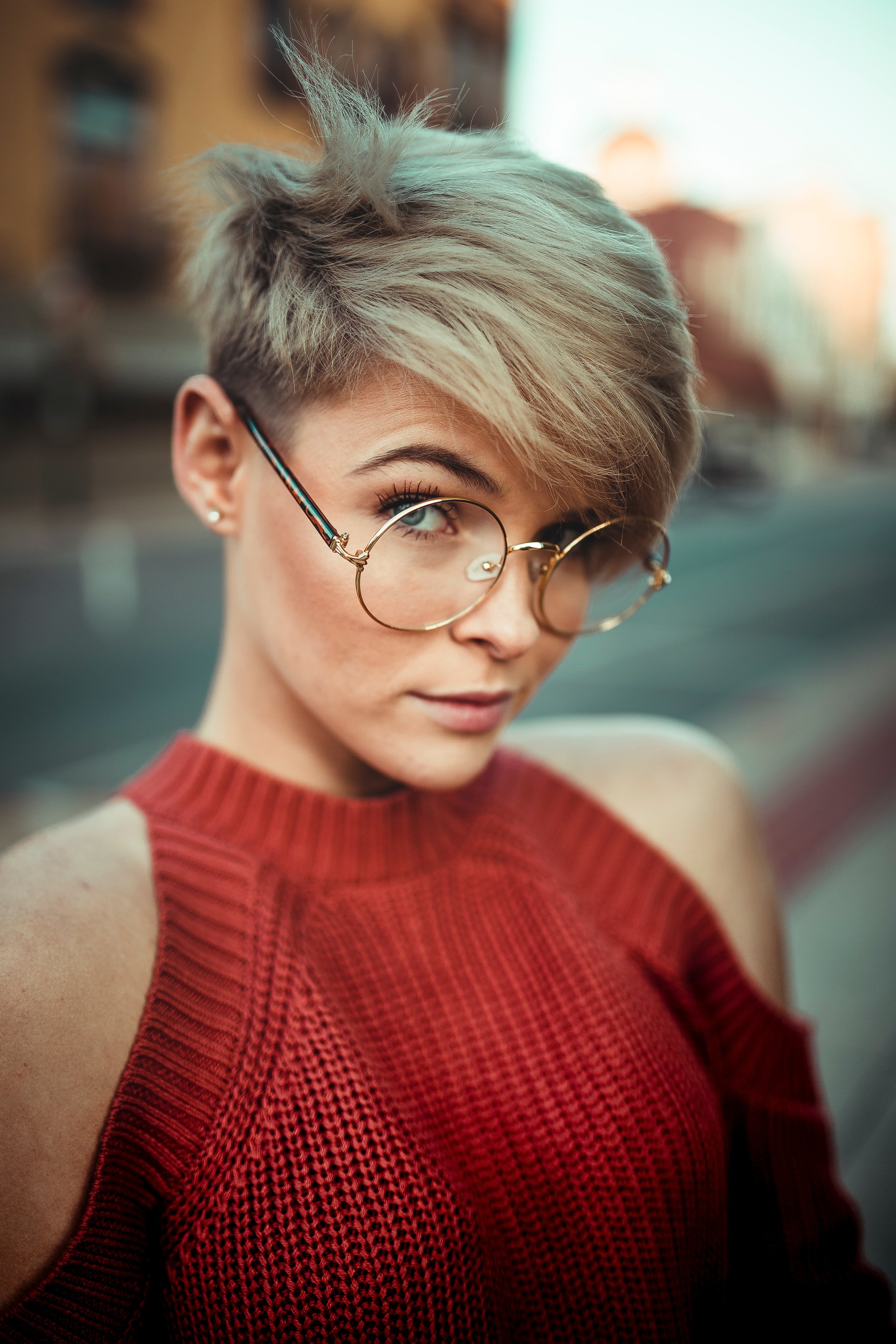Nine Tips to Better Portrait Photography for the Beginner!
Portrait photography is the cornerstone work of many photographers. If you're starting in this genre, here are nine tips to keep in mind as you strive to elevate the quality of your work. Although, photographing people isn't without some challenges! Our tips can help you to produce better quality portraits.
1. Take your time:
When you're working with portrait photography, it pays to take your time with your subjects. Building a rapport with them helps them to relax in front of the camera, and a relaxed model is a better model!
2. Be prepared:
Be prepared before you start photographing your subjects. Have your equipment ready to go, double-checked to ensure they are charged, and you're ready to start when they arrive. A disorganized photographer sets the wrong tone for your subjects.
3. Aperture:
For professional-looking portraits, use a wide aperture (f/2.8-f/5.6). That creates a shallow depth of field which then draws the eye toward the subject rather than the blurred background. The easiest way to accomplish this is to set your camera to Aperture Priority mode, so it sets the aperture automatically.
4. Exposure Compensation
You can use your camera's internal metering to set the correct exposure. However, keep in mind that it works by taking an average reading which, in some cases, can come out wrong. This is often the case when you're shooting a subject which is backlit by a strong light. Also, skin tones can distort the metering as well.
To correct against the likelihood of happening, use your camera's Exposure Compensation. Try dialing up by +1 stop of positive Exposure Compensation to lighten up skin tone/faces. Check the image and adjust as needed by continuing to dial-up.
5. Shutter Speed:
Less experienced photographers sometimes forget to check the lens' focal length when they set the shutter speed. If you forget to check, your results could end up blurred. To avoid this, your shutter speed needs to be higher than the effective focal length of your lens. That means setting a shutter speed of 1/250 (or faster) for a 200mm lens. We also suggest setting your camera's anti-shake system to stabilize the shot further.
6. Lenses:
For most portraits, you'll want to use a wide-angle lens. If you want your subject to appear taller, shoot from a lower angle but don't get too close or you'll distort the perspective too much.
A medium telephoto (85 mm or 105mm) keeps the subject in focus and the background only slightly out of focus which adds depth to the feel of the picture.
When the background isn't essential, use a telephoto because it allows you to zoom in on your subject.
7. Setting ISO:
One of the biggest challenges with portrait photography is that you're photographing people, and people tend to move (blink, fidget, etc). Using a faster shutter speed lets you avoid motion blurring and camera-shake.
Select Aperture Priority mode (to increase shutter speed) then increase your ISO. If you're shooting in low light, you may want to go as high as ISO 1600 - 6,400. The latter one will produce some graining but that's preferable to blur.
8. Reflector:
For a more professional look to your portraits, use a reflector of some kind. The idea is to bounce light onto the subject for a brighter look with fewer shadows. The white surface of a reflector can double as a light diffuser when working with bright, natural light.
9. Fill Flash:
Sometimes you'll need to compensate for the bright light behind the subject. In those cases, you can use your flash to fill in the light where needed on your subject. This evens out the exposure.




















